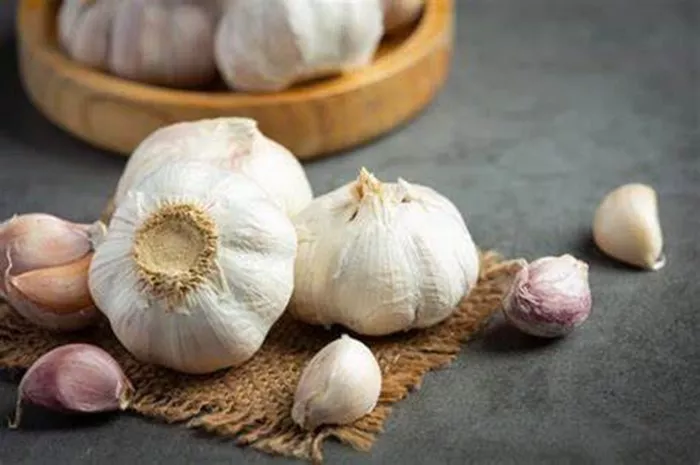In a recent review published in Frontiers in Nutrition, researchers have compiled data from two major scientific databases to evaluate the health benefits of consuming raw white garlic. The review analyzed 22 studies, including 12 clinical trials (of which seven were randomized controlled trials) and 10 observational studies, to explore the potential impacts of this common kitchen staple on cardiovascular health and disease prevention.
Study Findings and Benefits
The review highlights several promising health benefits associated with raw white garlic consumption. Key findings include its ability to lower total cholesterol and triglyceride levels, while increasing high-density lipoprotein (HDL) cholesterol. Additionally, garlic was shown to improve body mass index (BMI), waist-hip ratio, and fibrinolytic activity, which is vital for breaking down blood clots. These improvements are linked to a reduced risk of chronic diseases such as certain cancers, prehypertension, diabetes, and nonalcoholic fatty liver disease (NAFLD).
However, the review also notes that not all studies demonstrated significant health benefits. Three of the clinical trials reviewed did not find notable improvements linked to garlic consumption, underscoring the variability in study outcomes and the need for cautious interpretation of the results.
Historical and Scientific Context
Garlic (Allium sativum) has been used for millennia as both a culinary ingredient and traditional medicine across various cultures. Rich in sulfur compounds, garlic is believed to offer substantial health benefits. Meta-analyses have supported this, showing that garlic can effectively reduce lipid metrics such as total cholesterol and triglycerides without adverse effects when used alongside red yeast and plant sterols.
Despite these findings, much of the research focuses on garlic extracts or aged black garlic, which undergo significant industrial processing. This processing can alter the chemical composition of garlic, making it difficult to generalize the benefits of these derivatives to raw white garlic. Studies suggest that the bioactive compounds in fresh garlic, like allicin, are significantly more potent compared to those in processed garlic products.
Study Limitations and Future Directions
The reviewed studies largely suffer from limitations such as small sample sizes, short follow-up periods, and a predominance of Chinese study cohorts. Specifically, nine of the ten observational studies were conducted in China, with five using the same dataset, which raises concerns about data overlap and generalizability.
The review points out that while garlic has demonstrated potential benefits for health, the current body of research is limited. Most clinical trials included in the review had small sample sizes, ranging from 5 to 49 participants, and varied widely in dosage and study duration. Observational studies ranged from 865 to 28,958 participants and indicated associations between raw garlic consumption and reduced risk of chronic diseases, including cancers and NAFLD, as well as improved insulin homeostasis and physical strength.
Conclusion
The review advocates for the consumption of raw white garlic as a beneficial health practice with no known adverse effects when consumed in normal amounts (<35g/day). However, it highlights the need for further research to address the limitations of current studies. Future investigations should focus on larger, more diverse sample populations to confirm the health benefits of raw garlic and provide more comprehensive recommendations.
Overall, raw white garlic holds promise as a cost-effective and readily available dietary supplement with potential health benefits, but additional research is necessary to validate these findings and establish clearer guidelines for its use.
[inline_related_posts title=”You Might Be Interested In” title_align=”left” style=”list” number=”6″ align=”none” ids=”12220,12216,12224″ by=”categories” orderby=”rand” order=”DESC” hide_thumb=”no” thumb_right=”no” views=”no” date=”yes” grid_columns=”2″ post_type=”” tax=””]
































